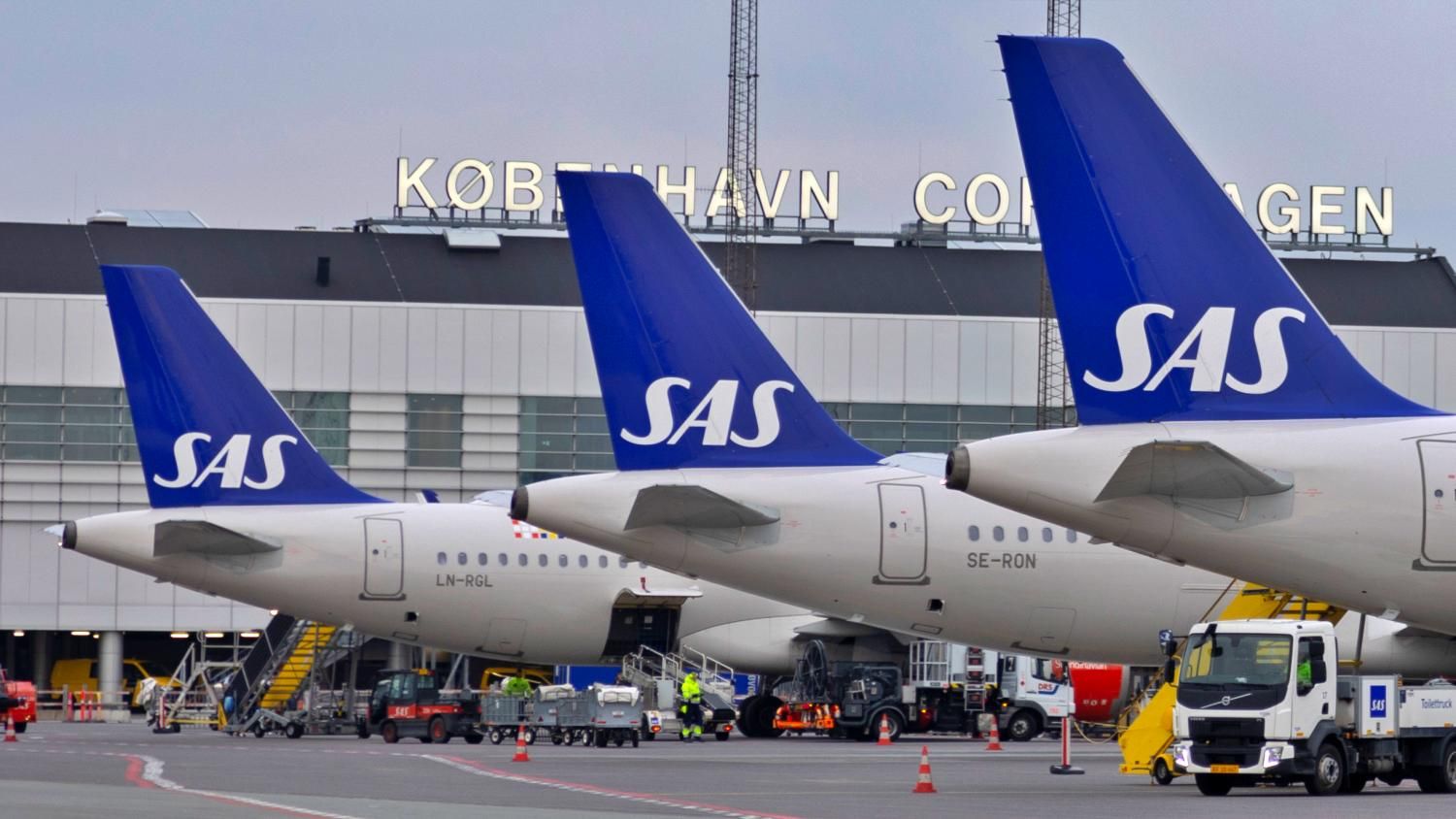EXCLUSIVO AVIACIONLINE PRO
Aeropuertos de Perú
El MTC estudia reactivar el antiguo terminal del Jorge Chávez y hacer un monorriel, pero LAP niega haber sido consultada
Defensa
Fabricantes/MRO
GA-ATS impulsa el Do228 NXT en Sudamérica con alianza estratégica
AVIACIÓN SOSTENIBLE
FABRICANTES / MRO
Aviación Comercial
De la mano de Iberia y Vueling, España se consolida como el mercado aerocomercial más grande de Europa
AEROPUERTOS E INFRAESTRUCTURA
Fabricantes/MRO


